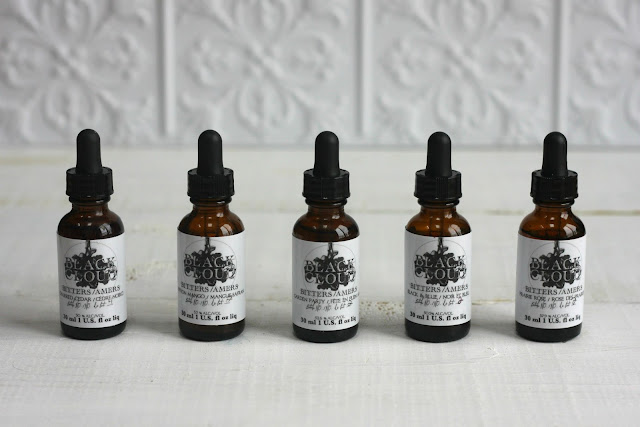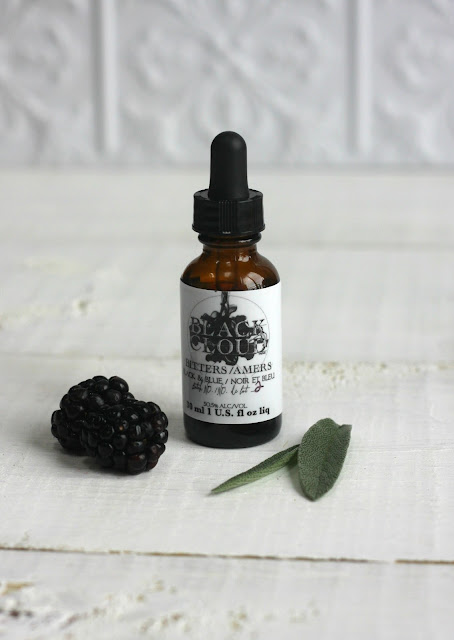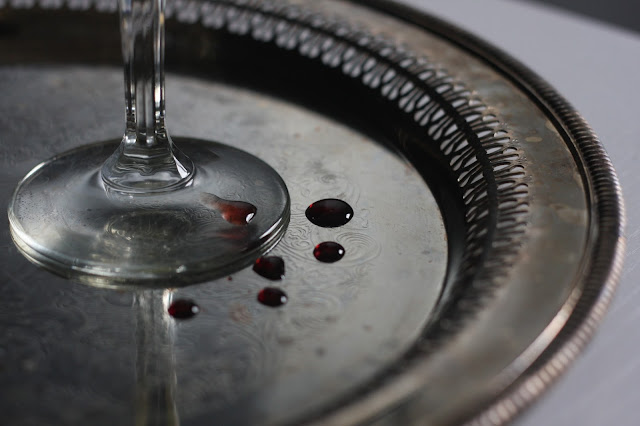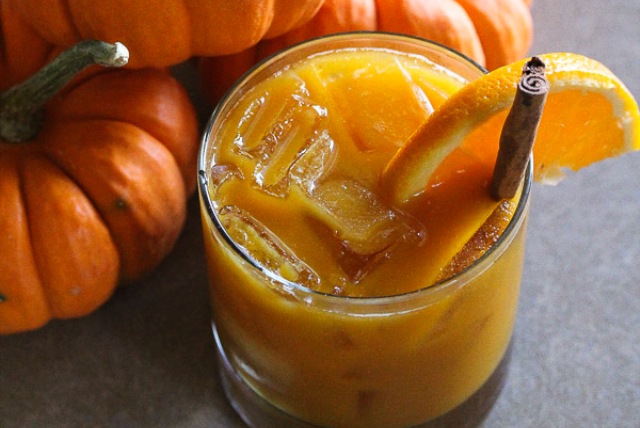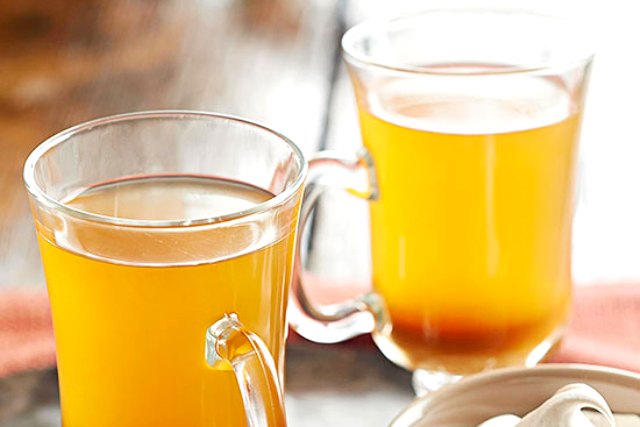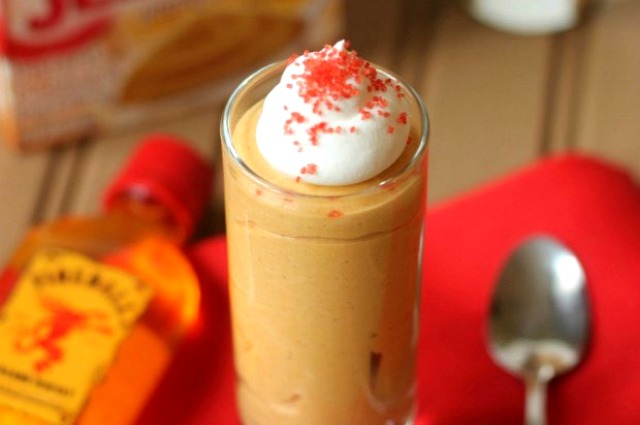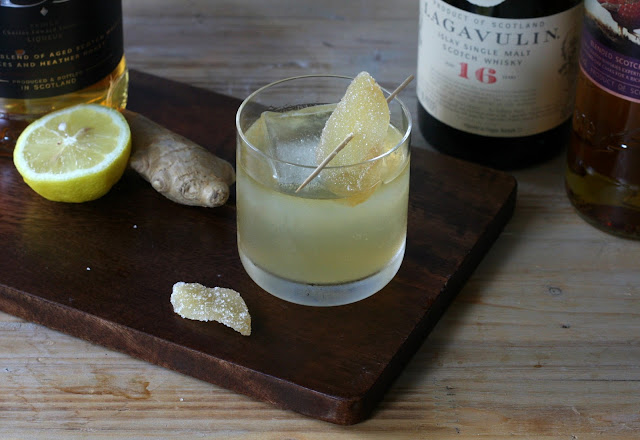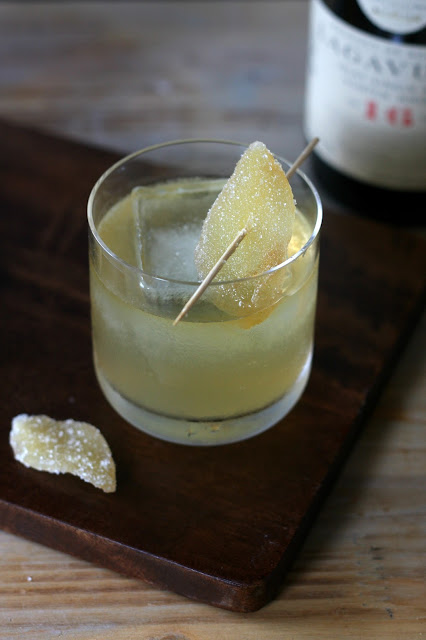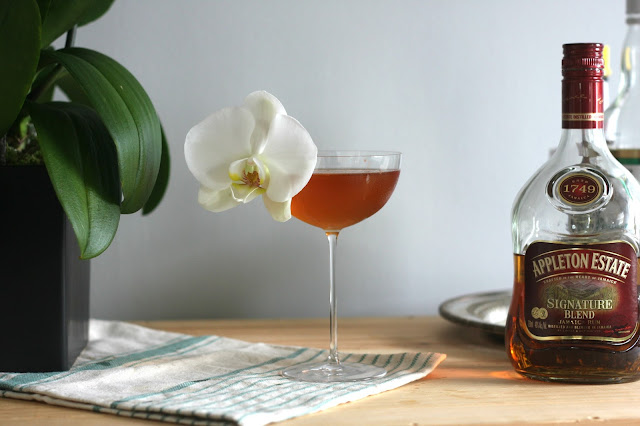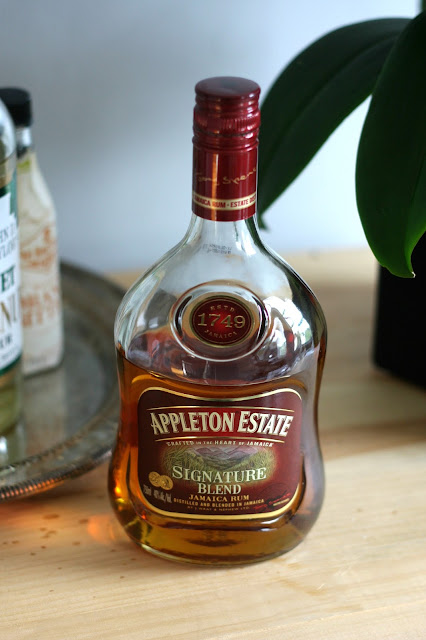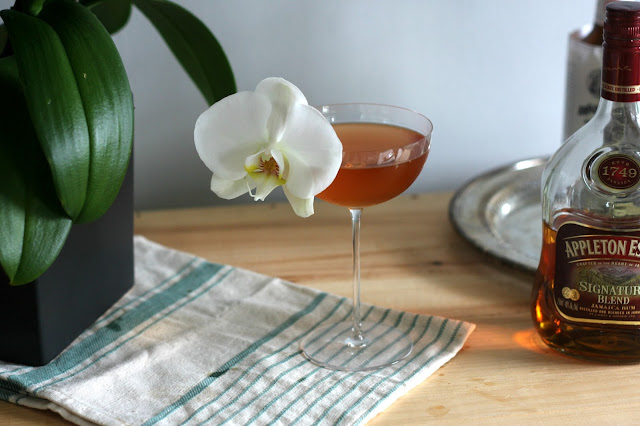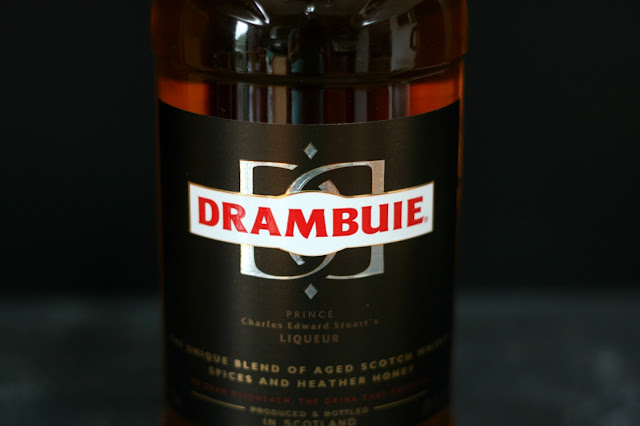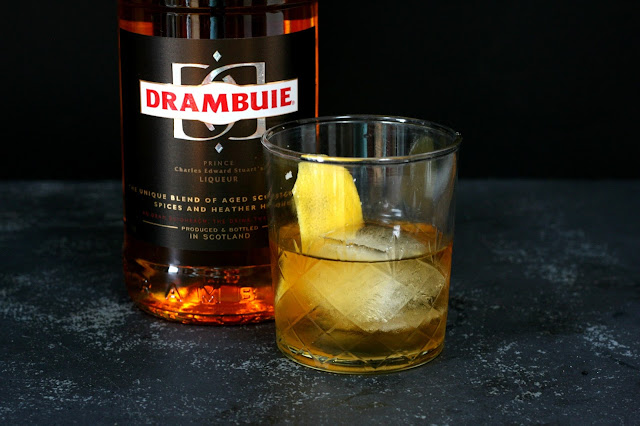Last Monday, I announced some big news - Garnish is now officially affiliated with Muddle & Stir! And it's high time we toasted our new partnership with a cocktail.
If you're not familiar with Muddle & Stir, they're an online retailer that sells tools, glassware, and mixers for cocktails. I love what they're about. In their own words: "We keep running into people who are intimidated to try and create something beyond a gin and tonic at home. As professional bartenders and cocktail enthusiasts, we know that making magical mixtures in your own kitchen is not only possible but fun, exciting and delicious!"
Amen, Muddle & Stir!
So what does this partnership mean? It means that I’m able to offer you guys a fantastic discount on everything at Muddle & Stir – 10% off your purchase plus free shipping when you use the code MS10GB. And if you buy any of their products with this code, a small percentage of the proceeds will come back to Garnish. So if you’d like to support the blog while getting some great new tools and ingredients for your bar, check them out! But don’t worry – this isn’t going to change the blog whatsoever. I’m here to write about great cocktails, not to sell anything. I’ve always liked writing about the ingredients and tools I use, and I’ll continue to do just that. I’ll never recommend anything I don’t love and use myself.
The first time I looked at the selection of bar tools at Muddle & Stir, I kind of had to stop myself from buying all of them. I’ve still got my eye on these clear ice molds and this julep mug. But so far I’ve only purchased two things I’ve been wanting for a while: a wooden muddler and a set of stainless steel cocktail picks. Until now, I’ve (somewhat ironically) been using a stainless steel muddler and wooden cocktail picks, and I wanted to upgrade both.
The muddler purchase was inspired by the Death & Co cocktail book, which it seems I'm not going to stop talking about any time soon. My stainless steel muddler has a rubber base with spikes on the bottom, which is pretty effective for mashing something to a pulp, but it's not really ideal for muddling herbs. To illustrate this, Death & Co recommends taking a mint leaf, gently pressing it to the roof of your mouth with your tongue, and tasting the flavor that is expressed. Then chew it up a bit and compare the way it tastes. The chewing releases a lot more bitterness, and it’s those delicate minty flavors that we actually want to capture. That’s why a blunt muddler might be preferable.
The cocktail picks, on the other hand, just look pretty.
Along with my new tools, Muddle & Stir kindly sent me a sampler pack of Black Cloud Bitters, which I was super psyched to try. Last week was basically like Christmas.
I love bitters sampler packs. Other than my bottle of Angostura, which I decimated making Trinidad Sours, I’ve never finished an entire bottle of bitters, so I'm a big fan of buying lots of smaller bottles so that you can try several varieties. And the varieties in the Black Cloud sampler are pretty crazy awesome: Charred Cedar, Saffron Mango, Garden Party (cucumber and celery), Black & Blue (blackberry and blueberry), and Prairie Rose. Since I’m currently in the midst of my first attempt at making my own bitters, I’m trying to train my palate to taste them a bit more skillfully, and I tried all of them in club soda to get an idea of their flavor. They're all excellent, and Charred Cedar in particular is a total show-stopper – the fragrance and flavor are incredible.
I decided to build a drink around the Black & Blue bitters. A smash seemed appropriate for my new muddler. My first thought was to reach for some blackberries or blueberries, but I was afraid that would mask the delicate flavor of the bitters themselves, so I decided to keep the berries for a garnish and let the bitters themselves bring all the berry flavor to the drink.
I thought sage would work well with the bitters. I used bourbon to bring out some of their cocoa and vanilla notes, and a ginger liqueur to play up their ginger flavors. (The ginger liqueur is part of a bottle swap I did with Mr. Muddle, and I'm not supposed to introduce it for a couple of weeks, but I just had to use it here. Shhh!) Using a ginger simple syrup could yield a similar result.
I'm beyond happy with the finished cocktail, and so excited to create some recipes with the rest of the bitters. Stay tuned! And don't forget to check out Muddle & Stir!
Ginger Sage Smash
1 1/2 oz. bourbon1/2 oz. lemon juice
1/2 oz. simple syrup
1/2 oz. ginger liqueur (I used King's Ginger)
3 sage leaves
2 droppers Black Cloud Black & Blue bitters
Put sage and simple syrup in the bottom of a glass and muddle until sage is bruised and syrup is greenish. Add bourbon, lemon, ginger liqueur, and bitters. Fill glass with crushed ice and stir. Top with a little more ice, two blackberries on a cocktail pick, and a sage leaf.




